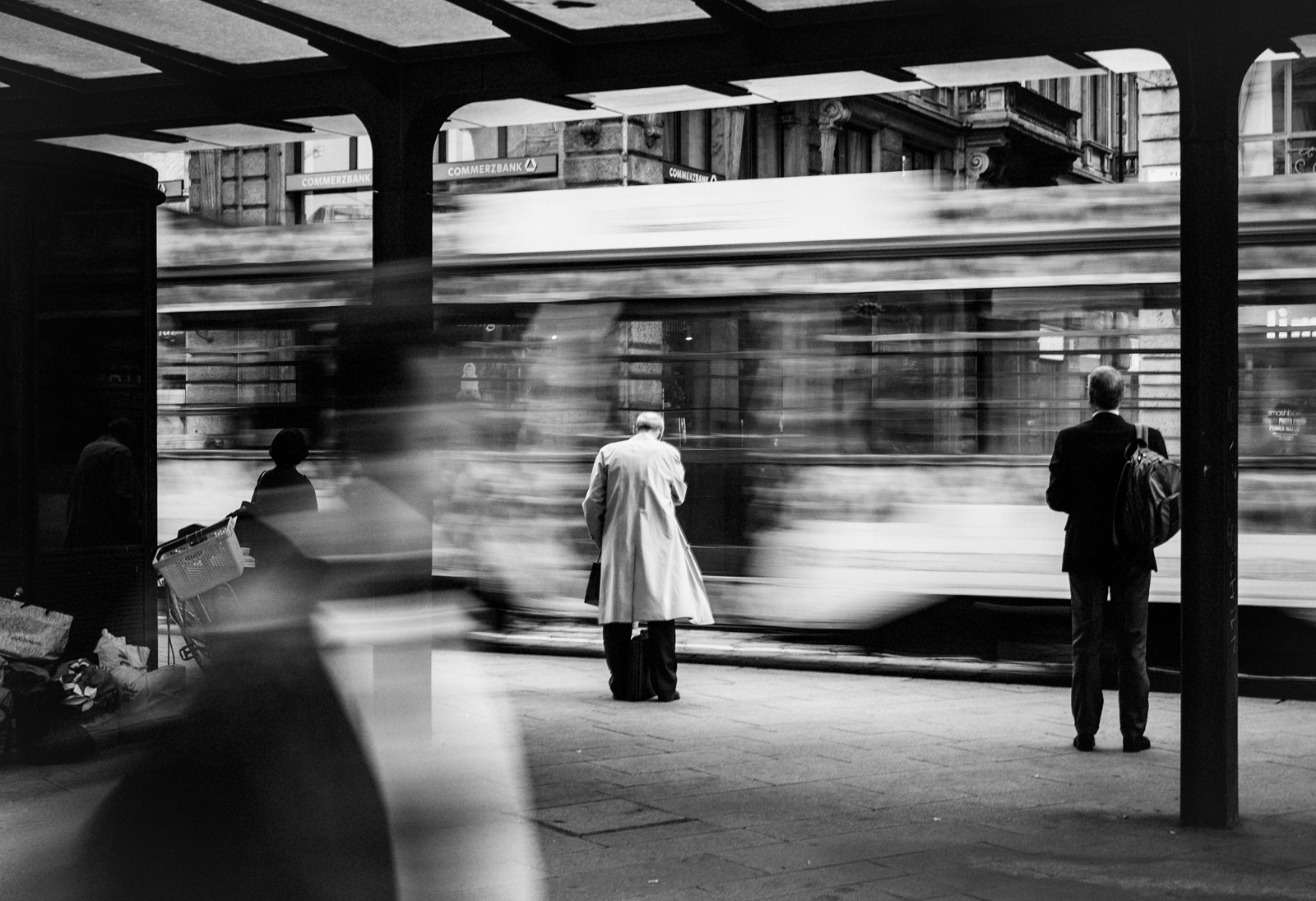The Ultimate Guide To Framing Streets
Wiki Article
10 Easy Facts About Framing Streets Described
Table of Contents9 Easy Facts About Framing Streets ShownFraming Streets for DummiesGet This Report about Framing StreetsThe Greatest Guide To Framing StreetsHow Framing Streets can Save You Time, Stress, and Money.10 Easy Facts About Framing Streets Explained
Photography category "Crufts Canine Show 1968" by Tony Ray-Jones Street digital photography (also sometimes called candid photography) is digital photography carried out for art or inquiry that includes unmediated chance experiences and random cases within public places, usually with the purpose of catching images at a crucial or touching minute by careful framework and timing. 
Framing Streets - The Facts
Susan Sontag, 1977 Street photography can concentrate on people and their habits in public. In this regard, the road photographer is similar to social documentary digital photographers or photographers that additionally operate in public places, but with the goal of recording relevant occasions. Any of these photographers' images may capture people and building noticeable within or from public locations, which often requires browsing moral issues and legislations of personal privacy, security, and home.Representations of day-to-day public life form a genre in almost every period of world art, starting in the pre-historic, Sumerian, Egyptian and very early Buddhist art periods. Art handling the life of the road, whether within sights of cityscapes, or as the dominant concept, shows up in the West in the canon of the Northern Renaissance, Baroque, Rococo, of Romanticism, Realistic look, Impressionism and Post-Impressionism.
The 30-Second Trick For Framing Streets
Louis Daguerre: "Boulevard du Holy place" (1838 or 1839) In 1838 or 1839 the first photo of numbers in the road was taped by Louis-Jacques-Mand Daguerre in among a set of daguerreotype views extracted from his studio home window of the Blvd du Temple in Paris. The 2nd, made at the height of the day, shows an uninhabited stretch of street, while the various other was taken at concerning 8:00 am, and as Beaumont Newhall reports, "The Blvd, so regularly filled up with a relocating bunch of pedestrians and carriages was perfectly singular, except an individual that was having his boots cleaned.Subsequently his boots and legs were well defined, but he is without body or head, because these remained in motion." Charles Ngre, waterseller Charles Ngre. https://penzu.com/p/454a0d4b3b5b7826 was the initial digital photographer to acquire the technological class called for to register people in movement on the street in Paris in 1851. Professional Photographer John Thomson, a Scotsman working with reporter and social activist Adolphe Smith, published Street Life in London in twelve month-to-month installations beginning in February 1877
10 Easy Facts About Framing Streets Described
Eugene Atget is considered a progenitor, not because he was the first of his kind, yet as a result of the popularisation in the late 1920s of his record of Parisian roads by Berenice Abbott, who was inspired to undertake a similar documentation of New York City. [] As the city created, Atget aided to advertise Parisian streets as a worthwhile subject for photography.
Excitement About Framing Streets
Martin is the first tape-recorded photographer to do so in London with a disguised cam. Mass-Observation was a social research study organisation started in 1937 which aimed to tape-record everyday life in Britain and to record the responses of the 'man-in-the-street' to King Edward VIII's abdication in 1936 to marry separation Wallis Simpson, and the sequence of George VI. In between 1946 and 1957 Le Groupe des XV each year displayed job of this kind. Andre Kertesz. Circus, Budapest, 19 May 1920 Road digital photography created the significant web content of two exhibits at the Gallery of Modern Art (Mo, MA) in New york city curated by Edward Steichen, 5 French Photographers: Brassai; Cartier-Bresson, Doisneau, Ronis, Izis in 1951 to 1952, and Post-war European Photography in 1953, which exported the concept of street photography worldwide.
Some Known Facts About Framing Streets.
, then an educator of young kids, associated with Evans in 193839.'s 1958 publication,, was substantial; raw and typically out of focus, Frank's pictures examined conventional digital photography of the time, "tested all the official regulations laid down by Henri Cartier-Bresson and Walker Evans" and "flew in the face of the wholesome pictorialism and genuine photojournalism of American magazines like LIFE and Time".Report this wiki page